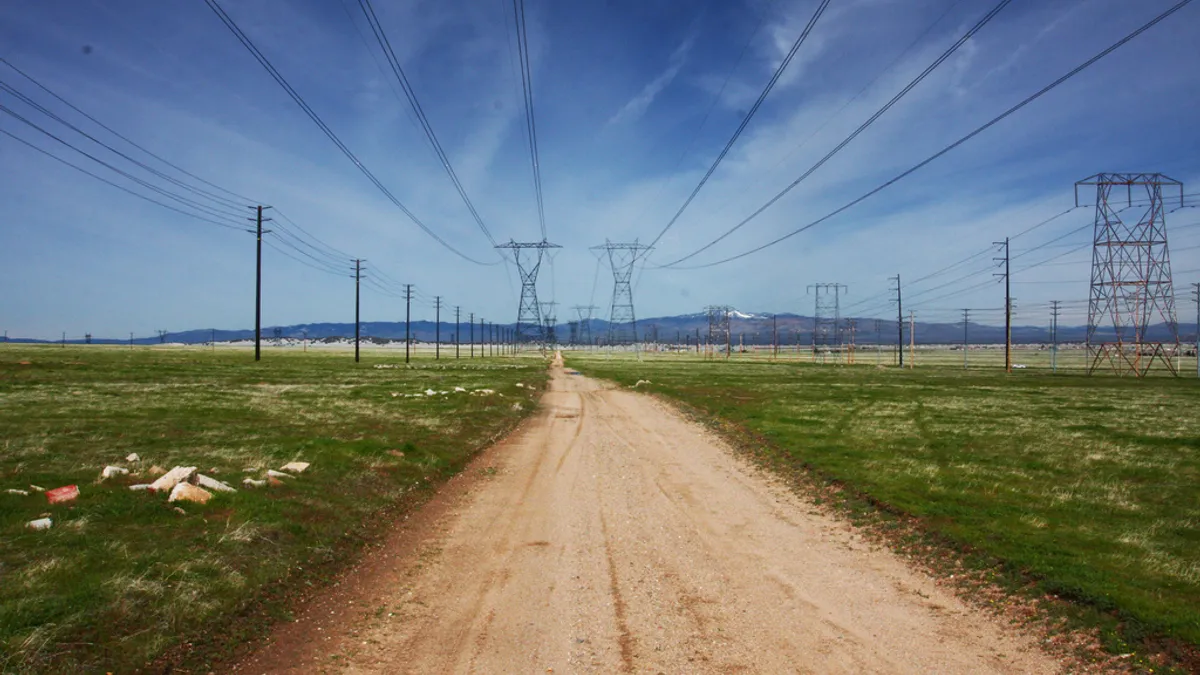Dive Brief:
- Customer education is a "consistent predictor of participation" in residential energy efficiency programs, more so than income, race or ethnicity, researchers at Lawrence Berkeley National Laboratory (LBNL) concluded in a report published in November.
- The study can help utilities and program administrators understand who is benefiting from energy efficiency offerings and make changes to achieve more equitable outcomes, researchers said. "It appears there is opportunity to improve equity of participation in these programs," the report concluded.
- The report's findings are mirrored in other clean energy technology participation trends and reflect a "systemic issue" in the utility sector, according to Ariel Drehobl, local policy manager for energy equity at the American Council for an Energy-Efficient Economy. Similar conclusions have been found in the solar, electric vehicle and battery storage sectors, she said.
Dive Insight:
The Berkeley Lab study focuses only on program participation but the implications are clear, said study co-author Margaret Pigman.
"There's a lot of efficiency that's been left on the table, which is a shame both for the utilities and for individual households," said Pigman, a senior scientific engineering associate in electricity markets and policy at LBNL.
The report examines 11 demographic and household characteristics, to describe how they impact program participation. Researchers looked at income, race and ethnicity, age and education, among others variables, in an analysis of four datasets with varying levels of detail.
"Education is reliably associated with greater participation in all types of studied programs when controlling for other factors – more so than other factors such as income and race/ethnicity," the report concluded. "This finding suggests that programs may need to make specific efforts to target low-education households or locations to improve equity in program participation."
Conclusions regarding race and income "were somewhat less consistent," the report said, but "still, patterns emerged that suggest inequities regarding these factors that program administrators may wish to address."
How can utilities improve program equity?
Utilities may have to develop new tools to address these issues, Drehobl said. She is cited in the report as a reviewer.
"Utilities can change the way that they're designing their income qualifications to better enroll folks from certain groups, especially those with high energy burdens," she said. Efficiency Vermont, for instance, updated its eligibility criteria in 2019 to account for energy burden in its program eligibility criteria.
Drehobl also said more effort can be put into "pre-weatherization" efforts to address barriers to participation for some customers. Mold or a leaky roof, for instance, may disqualify homes from some efficiency programs.
There are "health and safety issues that preclude you from being able to participate in a full weatherization program or another type of utility program," Drehobl said. In those instances, "different states and utilities are starting to partner with other organizations, or leverage funds from other places" to address those issues and enable participation in other programs.
"I think that's a big barrier. If you don't have the resources to mitigate those factors, you're not going to be able to participate," she said.
More data, more study
One thing the study points to clearly, said Drehobl, is the need for more and better data.
"There really is a need for utilities across the board to work to collect this kind of data on participation, to better understand the ... inequities in the communities that they're serving, in terms of who has access to programs," Drehobl said.
The Berkeley researchers did have some difficulty in finding participation data, which is why the four data sources have different participation variables, said Pigman. The analysis looked at data from the Energy Information Administration's national Residential Energy Consumption Survey, two New England states and a Midwestern state.
Utilities have good participation data but often do not have the needed demographic data for detailed research, she said. But collecting that data is complicated.
"We could describe a sort of ideal data set from a researcher's perspective, but that doesn't necessarily mean that utilities can actually collect all of that," said Jeff Deason, a program manager in LBNL's electricity markets and policy group.
Deason stressed that the study's conclusions don't extend beyond program participation, leaving "plenty of follow up work to be done in terms of then exploring strategies for how to achieve different outcomes, if you want different outcomes than you're observing."
"But it's pretty important to understand what's happening. We hope our study makes a contribution there."














